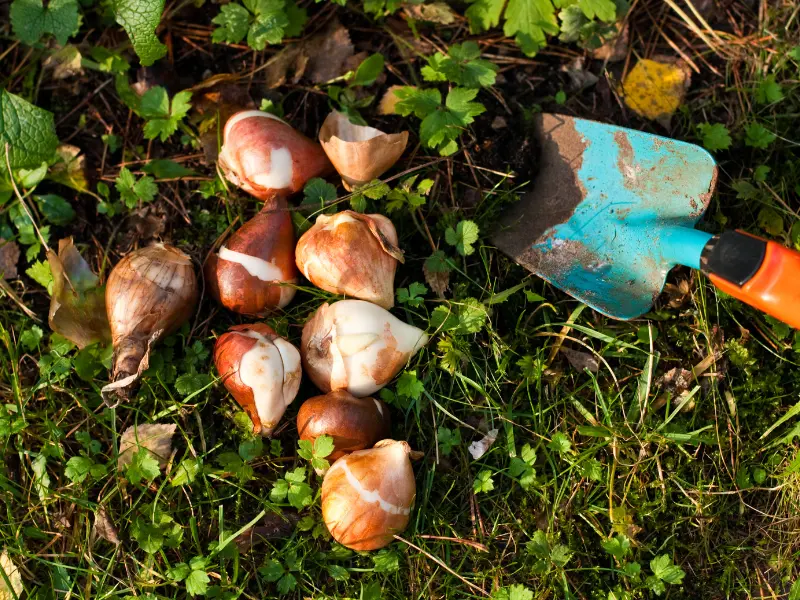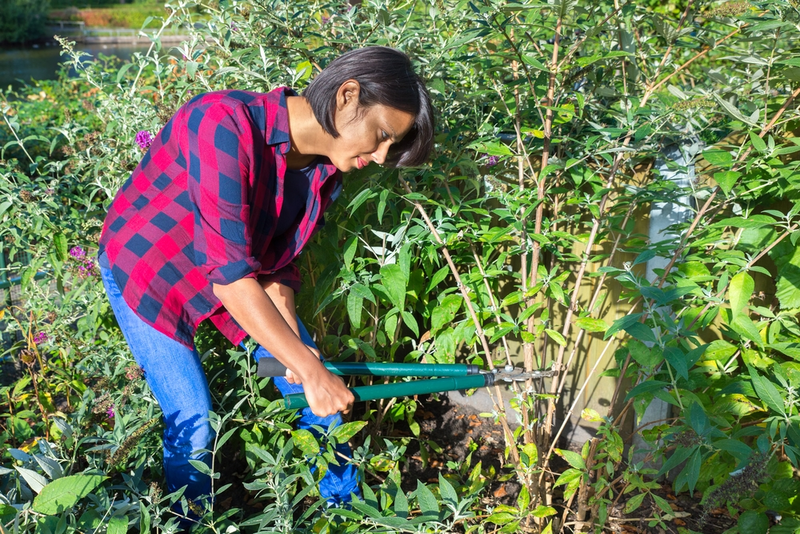Traditionally, fall is the time to tidy up the garden, cutting back all the perennials that had died back to leave the beds clear for winter. Nowadays, gardeners tend to focus less on cutting back everything, leaving some plants in place until spring to add interest and provide shelter for garden wildlife in the cold months. We've put together a few tips to help you decide which perennials to cut back and leave.

Which Perennials to Cut Back in Fall
To decide whether or not to cut back a perennial in fall, watch to see whether it starts to die back on its own – generally speaking, it's safe to cut back dead foliage and flower stems, although there are times when you may decide to leave them in place anyway. Perennials that are usually cut back in fall include:
- Hardy geraniums
- Delphiniums
- Astrantia
- Leucanthemum
- Nepeta
- Hemerocallis (Daylilies)
- Asters
What Not to Cut Back in Fall
Not all perennials need to be cut back. Plants with interesting seedheads, like eryngiums and teasels, can be left to stand to provide interest through winter. Some perennials, such as delphiniums, have hollow stems which provide shelter for overwintering insects, so it's a good idea to leave a few of these to stand. Ornamental grasses can also be left to stand over winter, both for interest and to provide homes for wildlife.
Don't cut back evergreen perennials such as Kniphofia (red hot pokers), bergenias, and heucheras. Simply remove any dead or tatty-looking foliage. You can cut back old hellebore leaves in late fall, allowing the winter flowers to be seen better. Epimediums can be left as they are over winter and cut back in early spring, just before the tiny, delicate flowers appear. This allows a better view of the flowers and promotes a fresh new leaf flush.
Penstemons should not be cut back in fall, as the year's growth provides frost protection for the new buds. Leave them over winter, then cut them back in spring to just above the new growth.
How to Cut Back Perennials
- Cut back all faded flower stems to ground level.
- The leaves of herbaceous perennials will start to die back naturally in fall and can also be cut back to ground level unless new growth is visible at the base of the stems. If this is the case, then cut back to just above the new growth.
- Use a sharp pair of secateurs and cut as low as possible so that you don't end up with lots of little stumps sticking out of the ground.
- The dead stems and leaves can be composted unless they are affected by mildew, rust, or other fungal diseases, in which case it's better to burn them.
Fall's also a great time to plant perennials, so if you need to fill some gaps in your garden, visit our centre to see our fantastic range of plants!




